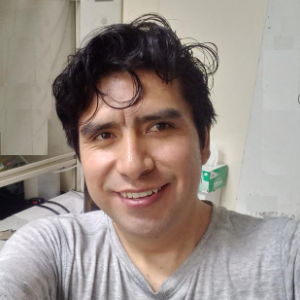Title : Two-dimensional hexagonal boron nitride nanosheets decorated with silver nanoparticles for high-performance, self-powered, super-broad band UV-visible photodetectors
Abstract:
Two-dimensional (2D) hexagonal boron nitride nanosheets (BNNSs) decorated with silver nanoparticles (AgNPs) were the first to report on its potential application for high-performance photodetectors in a wide range of wavelengths, from the UV to the visible spectra. The present BNNS were grown in an argon gas environment by pulsed laser deposition (PLD) technique on the SiO2/Si substrate, while AgNPs were obtained from liquid exfoliation via a direct dispersion and ultrasonication method. Using the spin-coating technique, AgNPs were deposited on the BNNS thin film. Scanning electron microscopy (SEM) and energy- dispersive X-ray analysis (EDX) confirmed the formation of AgNP-BNNSs with good dispersion stability, where incorporation of AgNPs on BNNSs provided a molecular platform for the development of new 2D BNNS-based hybrid nanomaterials. The obtained sample seems to be highly efficient in photoelectric conversion since the photodetector based on Au/AgNP-BNNSs/Au lateral junctions reached a responsivity of 1.69 mA/W at zero bias and 354 mA/W at 0.6 V under the ultraviolet (UV) light illumination of 1.2 mW/cm2 at 254 nm. Instead, when exposed to visible light of 670 nm, the electrical output per optical input reached a responsivity rate of 29.1 mA/W at a bias voltage of 1.8 V, with an incident light intensity of 4.1 mW/cm2. Therefore, the present 2D nanosheets decorated with AgNPs exhibit high photon absorption in a wide range of spectra from visible to UV spectra.


